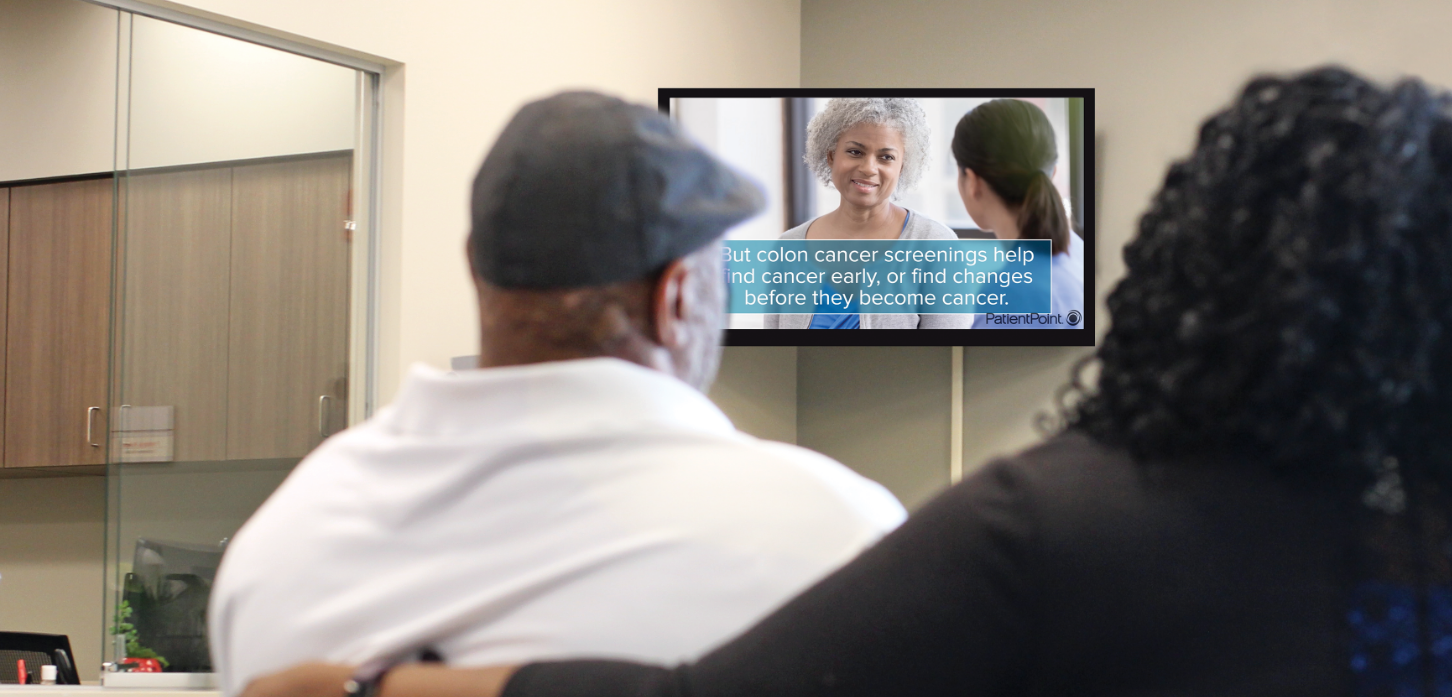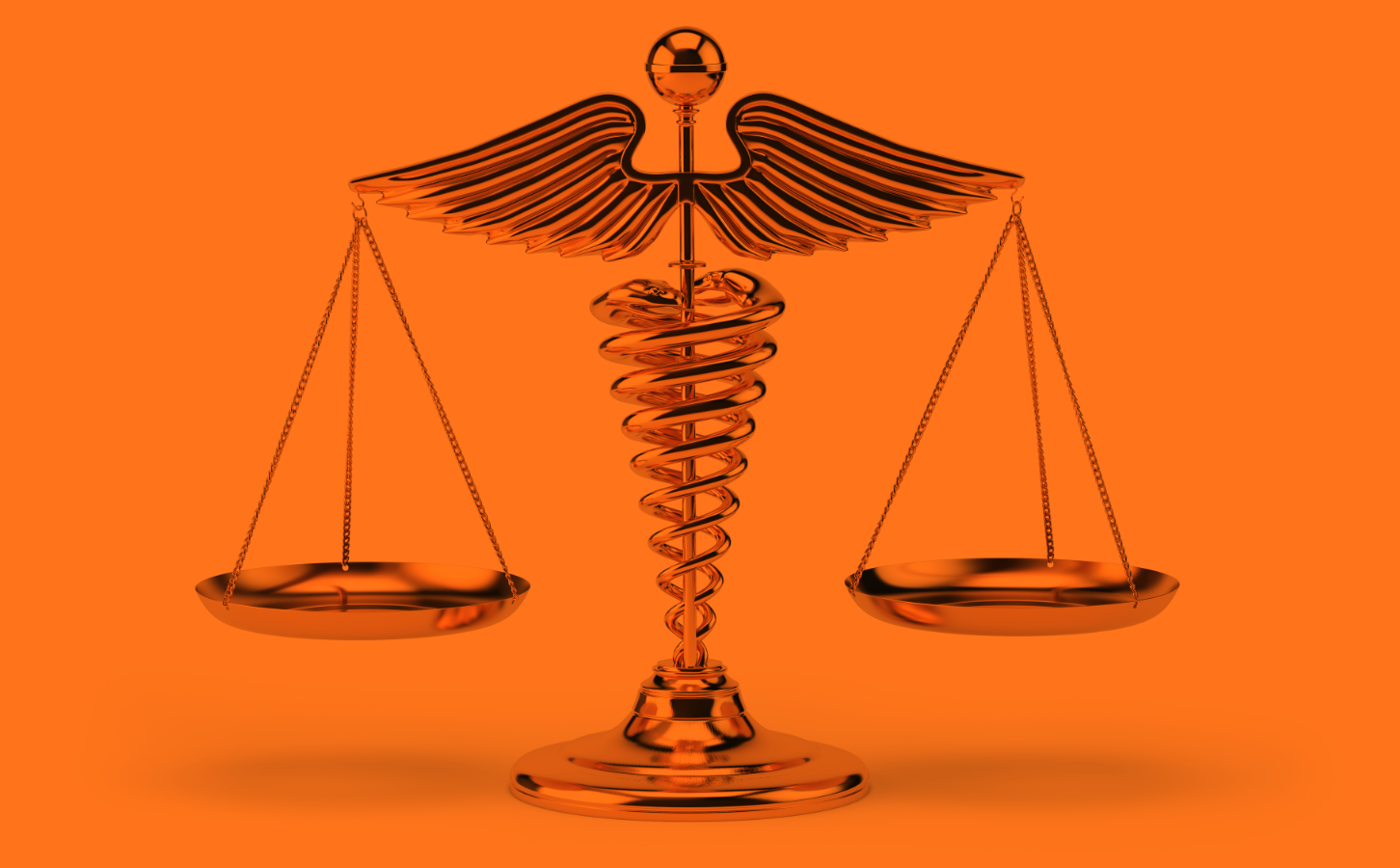The start of the new Enhancing Oncology Model is rapidly approaching—July 1, 2023—and if you haven’t started to prepare for it, now is the time to do so. The model has the potential to be rewarding, but it also comes with its fair share of risks, which are deterring some practices from participating in it.
The following are the risks and rewards to keep in mind when preparing for the EOM.
Reward: Increased savings
As an EOM participant, you are required to perform different redesign activities like offering 24/7 access to care, using electronic Patient Reported Outcomes and providing care navigation. By doing this, you’ll earn a performance-based MEOS payment of $70 per patient per month. If you have dually eligible patients on Medicare and Medicaid, you can earn an extra $30 per patient.
And if you perform these activities while spending less than the targeted amount on care, you can earn up to a 4% bonus.
Risk: Required recoupment
If you end up spending more than the targeted amount on care, instead of earning money, you will owe CMS money. You’ll have to pay a performance-based recoupment payment that could equate to a maximum of 2% of the costs that exceed the threshold amount.
Reward: Improved health outcomes

The goal of the EOM is to encourage practices to provide care that is more equitable, lower cost and higher quality. That is why you are now required to use health-related social needs screening tools as part of the redesign activities. These tools help you determine patients’ social determinants of health (SDOH) and accordingly customize their treatment plan to best meet their needs. And you will know which resources and assistance programs to recommend patients.
The screening tools should, in theory, improve health outcomes for all patients, regardless of their SDOH.
Risk: Limited patient support
While identifying SDOH is the first step in helping provide equitable care, there are many subsequent steps to ensure patients actually receive the resources they need. Despite that, CMS is not rewarding practices for helping these patients—only for collecting the data. This means many practices may be able to afford just screenings and nothing further.
Dr. Kashyap Patel, CEO, Carolina Blood and Cancer Care Associates, finds this frustrating and says, “if I track information that my patient is living in a car, it’s not my responsibility technically to find them a shelter, but my moral imperative says that I need to do that. So we’ll be spending resources, and if I spend resources, I may expose my practice to financial inadequacies because I’m burning up cash while trying to douse the fire that actually should have been supported by appropriate compensation for extra time and resources.”
Read our full interview with Dr. Patel.
Still have questions about the EOM? Check out our blog post for answers.

